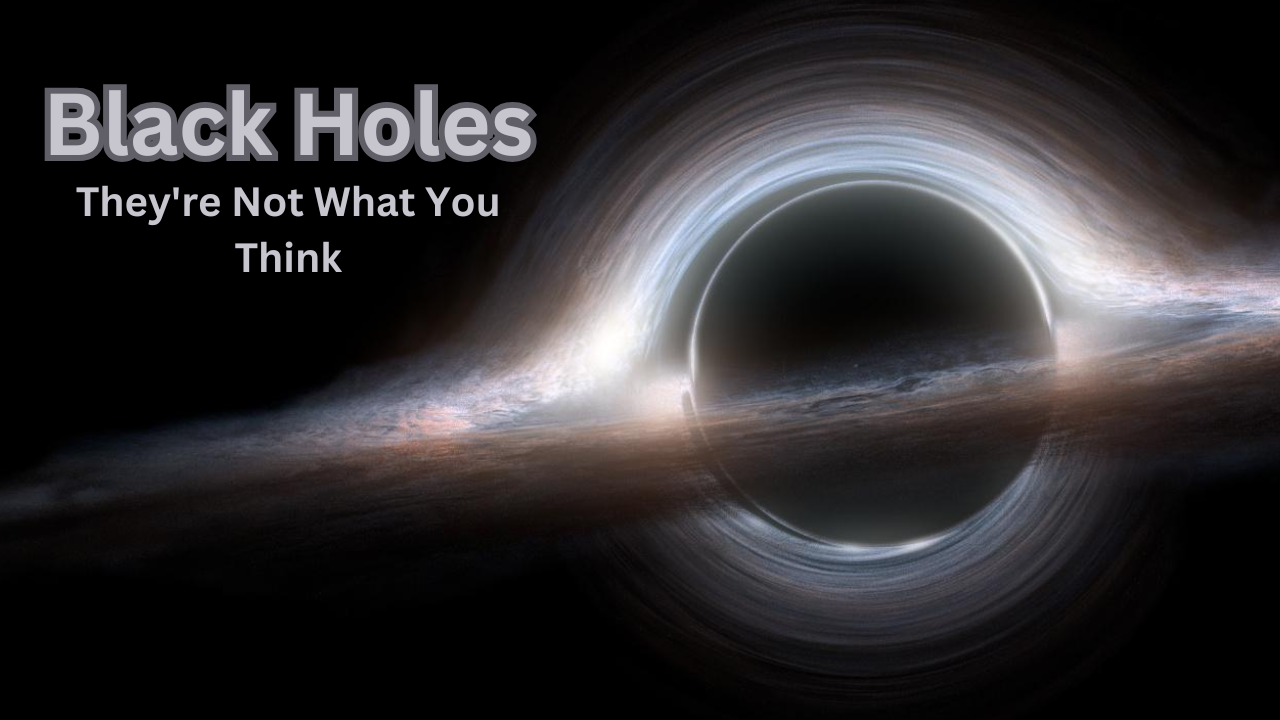Hello, friends! Today we’ll explore the fascinating world of black holes, inspired by the blockbuster film “Interstellar.” The movie accurately depicted complex space phenomena like wormholes, black holes, and alien planets. The climactic scene where Cooper falls into the black hole named Gargantua raises intriguing scientific questions: What would one experience inside a black hole?
Black Holes and Their Mysteries:
As depicted in “Interstellar,” black holes are regions of space where gravity is so strong that even light cannot escape. This phenomenon is triggered by the immense gravitational pull, making black holes among the universe’s most enigmatic entities.
Formation of Black Holes:
Stars, such as our Sun, undergo nuclear fusion reactions in their core, producing immense heat and light. This radiation creates an outward force balanced by the inward pull of gravity. When a star exhausts its fuel, it can no longer counter gravity. Depending on the star’s mass, it becomes a Red Giant or Super Giant, eventually turning into a White Dwarf, Neutron Star, or Black Hole.
Types of Black Holes:
- Stellar Black Holes: Formed from collapsing stars, there are estimated to be between 10 million to 1 billion such black holes in our Milky Way Galaxy.
- Primordial Black Holes: Hypothetical black holes as small as an atom but with the mass of a mountain, theorized to have formed shortly after the Big Bang.
- Supermassive Black Holes: Found at the center of most major galaxies, including our Milky Way’s Sagittarius A*. These black holes have masses exceeding a million Suns.
- Intermediate Black Holes: Hypothetical black holes that fall between stellar and supermassive black holes in terms of mass.
Accretion Disk and Event Horizon:
A black hole’s accretion disk is formed by the gravitational pull that attracts gas, dust, and debris, which heat up and emit light due to gravitational compression. The Event Horizon is the boundary beyond which not even light can escape.
Optical Illusions and Photon Sphere:
The gravitational pull of a black hole bends light, causing optical illusions. Within the Photon Sphere, light orbits the black hole, theoretically enabling one to see the back of their head due to light traveling in a circular formation.
Theoretical Speculations:
The movie “Interstellar” visualized Cooper entering a five-dimensional space within the black hole—a concept rooted in scientific imagination. The center of a black hole is termed Singularity, where space-time stretches infinitely due to extreme gravitational forces.
Practical Realities:
Falling into a black hole means certain destruction due to intense gravity. Misconceptions about black holes devouring everything in the universe are debunked by the fact that they act as anchors for galaxies, similar to how the Sun anchors our solar system.
Conclusion:
Black holes remain one of the most fascinating and mysterious entities in the universe. While their enigma continues to captivate our imagination, ongoing research and observations, like the first photograph taken in 2019, provide invaluable insights. Remember, maintaining a safe distance from black holes ensures safety from their immense gravitational pull. Stay tuned for more intriguing space-related topics in future videos.
Frequently Asked Questions (FAQs):
Q: What is a black hole? A: A black hole is a region in space where gravity is so strong that not even light can escape, making it one of the most mysterious and powerful phenomena in the universe.
Q: How are black holes formed? A: Black holes form from the remnants of massive stars that collapse under their gravity when they run out of nuclear fuel.
Q: What are the types of black holes? A: There are several types of black holes, including Stellar Black Holes, Primordial Black Holes, Supermassive Black Holes, and potentially Intermediate Black Holes.
Q: What is the accretion disk? A: An accretion disk is a ring of gas and debris that forms around a black hole, emitting light due to the intense gravitational compression and heat.
Q: How does gravity affect black holes? A: The gravitational pull of black holes is so strong that it distorts space-time and bends light, creating unique visual phenomena around the black hole.

